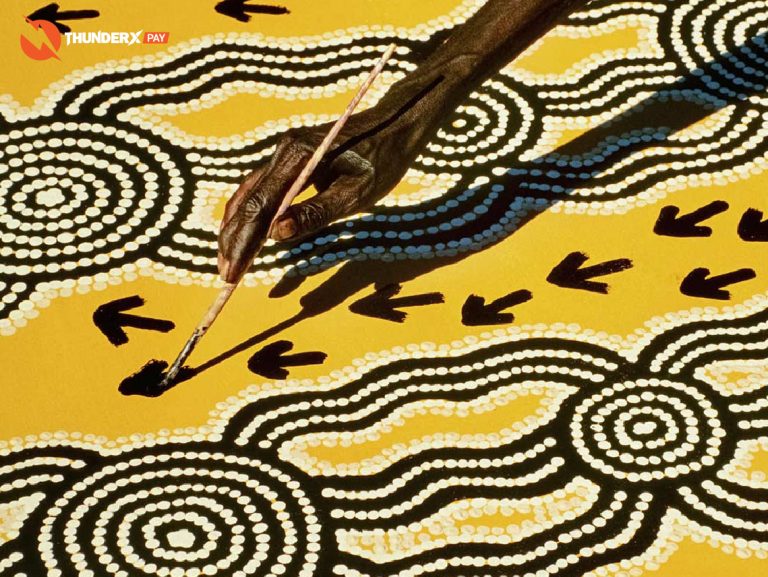The creative economy is evolving concept that interplays between human creativity and ideas and intellectual property, knowledge, and technology. Including, the creative economy covers the knowledge-based economic activities upon which the creative industries are based. These industries comprise advertising, architecture, arts and crafts, design, fashion, film, video, photography, music, performing arts, publishing, research and development, software, computer games, electronic publishing, and TV/radio. Furthermore, the creative industries are the most dynamic sector in the world economy, because this sector provided new opportunities for developing countries to cross into emerging high-growth areas of the world economy.

The data show that the creative industries are not a rapidly growing sector of the world economy only, but also generate revenues, jobs, and exports. This sector contributes over 6.1% to global GDP, an average between 2% and 7% of the national GDP around the world. From the data of the UN estimate, these industries generate annual revenues of over 2 trillion dollars and provide jobs for people worldwide of almost 50 million. Global trade in creative goods and services increases by around 12% per year in developing countries.
Half of the workers in this sector are youth and women when compared with other sectors. A 2015 UNESCO publication reported that workers in this sector in the EU are youth around ages, 15-29 years, and in 2014 more than 50% of UK music industry workers were women. A UNDP/HDRO paper also reported that women in developing countries have been playing a major role in these industries, for instance, in Rwanda and Uganda, women still practice making baskets, mats, and other craftwork.

Though these industries have rapidly grown up for many years since the COVID-19 pandemic happened and it interrupted the creative industries. In 2020, the cancellation of public performances only cost authors around 30% of global royalties, and also the global film industry lost 7 billion dollars in revenues. The data from the UN approximate that in 2019-2022, the shrinkage in gross value added in the global creative economy was at 750 billion dollars. Consequently, jobs in this sector losses of 10 million worldwide. After that, the creative industries adapted by using digital transformation to set up online performances, such as concerts online.
The Creative Economy of Global
All Countries around the world rely on the Creative Economy to generate jobs, income, and opportunities for all gender and ages, including the growth of the creative industries and economy. Meanwhile, to stimulate innovation and tourism, and promote their culture to the world.

The US
Between 2002 to 2012, entrepreneurship in the creative economy identified the number of businesses that employed independent artists, writers, and performers grew by almost 40%. Artists in the US tend to be self-employed more than being the US workforce.
The EU
In 2014, the European Union invested in Creative Europe which has the objective of enhancing European Cultural and Creatives Industries. The 5 main organizations are located in Italy, Spain, France, Germany, and the UK that represent over 400 brands and cultural institutions for over 70% of the world’s market and supply almost 30 million jobs worldwide, moreover, people in the EU was employed more than 12 million which provide jobs and opportunities to everyone.

Australia
The government has supported Aborigines by providing funds for about 14 million dollars for artists, art organizations, and art centers in remote indigenous communities Aboriginal arts were attracted for the first in the 1970stime in the market, which stimulate the Indigenous art market and the present worth close to 150 million dollars annually.
The Middle East
The United Arab Emirates has paced to be the cultural center of the Middle East, by hosting cultural events and making a long-term cultural investment. Thence 2017, the Abu Dhabi Department of Culture and Tourism has the Culture Summit, and in 2019 brought almost 500 artists, arts administrators, media and tech leaders, and philanthropists from 90 countries to discuss technology and responsibility in culture. Furthermore, the government of the United Arab Emirates donated 330 million dollars to build the new Dubai Opera House the total sales of the ticket has outperformed New York’s Metropolitan Opera.

As mentioned, the Creative Economy was important, especially in generating jobs and opportunities for developing countries, all genders, and ages, as well as generating income for the country. The government is a necessary part to support this sector, by people access easier engaging in the art market through both exporting and importing, reducing the strict rules and regulations for self-employed, and permits for organizing festivals and other public art events, which help to promote culture and to attract the tourists.
Published 19/12/2022
By Windy K.

